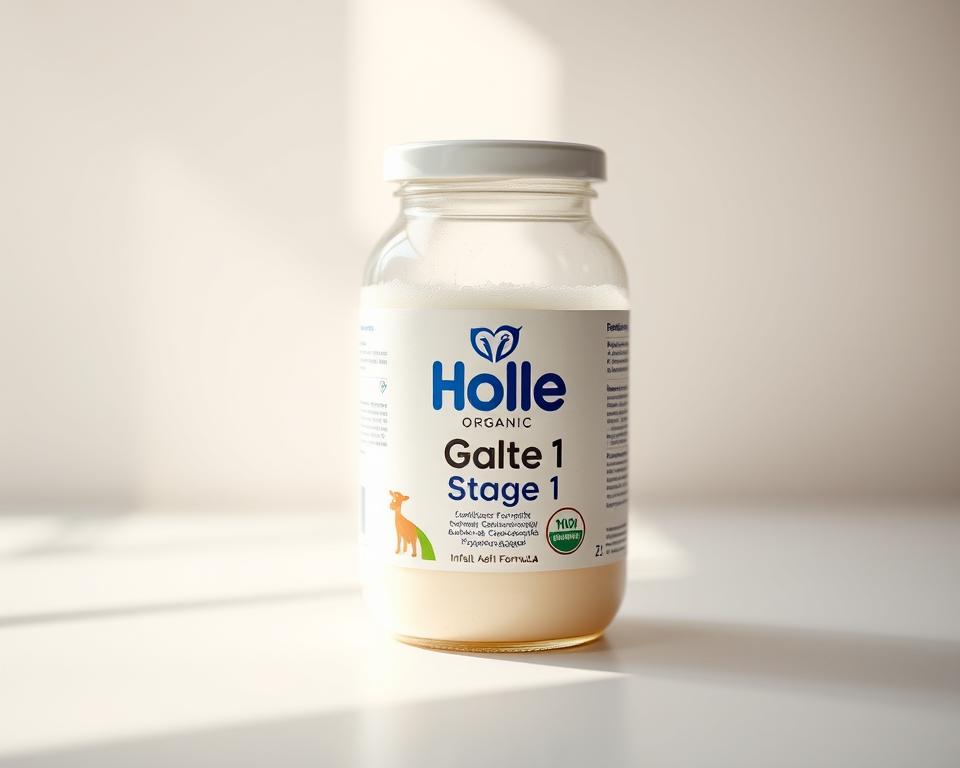The Best Residential Roofing Company Specialists
It’s reported roughly 70% of homeowners fail to prioritize selecting a experienced roofing contractor? This finding stresses the importance of expertise in home roofing. In areas like Santa Ana, where harsh weather is prevalent, a sturdy roof is essential. Artizmo Builders, a premier residential roofing company in Santa Ana, is dedicated to exceptional quality and craftsmanship. Our team, rooted in local values and integrity, guarantees every roofing project is adapted to meet the specific needs of Santa Ana homeowners. From minor repairs or full installations, Artizmo Builders is the epitome of reliability and expertise every homeowner expects.
Choosing high-quality roofing contractors in Santa Ana often feels daunting, but Artizmo Builders makes it easier. We offer comprehensive experience and focused services to the table, simplifying the process while maintaining strict standards. Let us guide you through your roofing journey, keeping your home is secure and intact.
Appreciating the Importance of a Reliable Roofing Company
Choosing a trusted roofing company in Santa Ana significantly influences your home’s safety and durability. Skilled contractors residential roofing company Santa Ana address issues like poor workmanship and faulty materials. Sadly, homeowners who engage unlicensed contractors often experience excessive repairs due to low-quality service.
A authorized roofing company in Santa Ana makes certain adherence to building codes and regulations. These experts understand the nuanced aspects of roofing systems, prepared to address challenges in residential settings. By selecting a trustworthy roofing company, you obtain the advantages of honest exchange, candor, and dependability.
Why Opt for Artizmo Builders as Your Roofing Experts
Artizmo Builders excels as Santa Ana’s go-to for homeowners who seek professional roofing solutions. Their dedication to excellence and service-oriented approach sets them in the competitive market. As specialists in residential roofing, they supply personalized services designed for each homeowner’s particular requirements.
Their team is made up of certified roofers from Santa Ana, all thoroughly trained and certified. This secures they adhere to the strictest requirements of roofing craft. Their expertise equips them to tackle various roofing tasks, including installations, repairs, and replacements efficiently.
Operating as a locally owned entity, Artizmo Builders has built enduring community ties. They are dedicated to building ongoing relationships with their clients, a fact echoed in many positive reviews. Homeowners value the firm’s candor, timeliness, and the premium materials they use.
By partnering with Artizmo Builders, you partner with a trusted name in the roofing industry. Their comprehensive expertise and focus on homeowner satisfaction position them as the top choice for residential roofing needs in Santa Ana.

Santa Ana’s Top Residential Roofing Services
Artizmo Builders delivers full-spectrum residential roofing services tailored for Santa Ana homeowners. They specialize in accurate and careful roof installation services. Their expertise ensures your new roof will be a perfect fit for your home.
Their roof replacement service boosts both your home’s aesthetic and durability. They use superior materials engineered to endure Santa Ana’s characteristic climate. Clients receive individualized attention, with packages that cater to their design choices and financial plans.
Artizmo Builders also specializes in roof repair and continuous maintenance. Frequent upkeep helps avoid high-priced repairs and prolongs your roof’s life. Their team of highly rated roofers in Santa Ana, CA, is devoted to surpassing your expectations.
They provide continuous emergency support for unexpected roofing problems. Free estimates guarantee you’re fully aware of costs upfront. This way, you can make educated choices about your roofing projects.
Choosing the Optimal Residential Roofing Company Santa Ana
When embarking on the search for a roofing contractor in Santa Ana, carrying out comprehensive research is crucial. Verify that potential contractors have the proper licenses and insurance. This confirms they comply with local laws and are prepared to execute the job expertly.
Assessing customer reviews offers key insights into a contractor’s reputation and service quality. By checking feedback on various platforms, homeowners can gain a holistic view. This assists in gauging how well a contractor might meet their expectations.
A contractor’s portfolio offers a view into their expertise and attention to detail. Look for diversity in the roofing systems they have installed. This mix indicates their skill in working with different materials.
Warranties for materials and labor guarantee homeowners peace of mind. Grasping the specifics of these guarantees before choosing allows homeowners to pick a contractor who backs their work. They’ll also give support should problems occur after installation.
Price discrepancies among contractors are not uncommon. It’s advisable for homeowners to get itemized quotes from several contractors to compare not only costs but the range of offerings. This guarantees they select the best deal option for their project.
Key Factors in Selecting Roofing Materials
Choosing the right roofing materials in Santa Ana significantly determines your home’s quality and durability. It’s critical to consider several factors during this decision-making process.
The local Santa Ana climate is vital. It features high temperatures, rain, and occasional winds. Opting for materials that can withstand these conditions makes certain better longevity and fewer repairs.
Taking into account the material’s life expectancy is crucial. Metal roofs, for example, boast noteworthy durability, lasting up to 50 years. Conversely, asphalt shingles might need replacement within 20 to 30 years. Understanding the lifespan of various roofing options empowers more informed choices.
Value for money plays a major role. Some choices may be pricier upfront but their durability and minimal maintenance can lead to long-term savings. Working with premium roofing contractors in Santa Ana provides insights into balancing upfront costs with long-term investments.
Here’s a snapshot of frequently chosen roofing choices:
| Material Type |
Longevity |
Cost |
Best For |
| Asphalt Shingles |
20-30 years |
Low |
Budget-friendly options |
| Metal |
40-50 years |
Moderate |
Those seeking energy efficiency and sturdiness |
| Tile |
50+ years |
High |
Enhancing aesthetic appeal and longevity |
| Flat Roofs |
15-20 years |
Low to moderate |
Commercial spaces and modern residences |
Understanding these factors empowers homeowners to make educated decisions on roofing materials in Santa Ana. It’s vital to balance performance, durability, and aesthetic appeal while choosing the appropriate option for your property.
Benefits of Professional Roof Installation
Going with professional roof installation in Santa Ana offers several benefits. It significantly influences the durability and safety of your residence. Experienced roofers provide expert evaluations. They ensure the most suitable materials and methods are utilized.
Professional roofing’s emphasis on safety protocols is a crucial advantage. Certified experts uphold high safety standards. This greatly minimizes accident risks during installation. Such dedication secures both the workforce and your premises throughout the procedure.
Quality assurance is a prominent benefit of professional roof installation. Experienced roofers secure that their work follows industry norms, minimizing future repair needs. Their proficiency allows for the swift detection and resolution of impending problems, thus lengthening your roof’s service life.
Furthermore, working with skilled roofers offers homeowners peace of mind. It allows them to attend to other urgent areas of their renovation endeavors.
Affordable Roof Repairs in Santa Ana
Artizmo Builders offers affordable roof repairs Santa Ana homeowners can depend on. They value quality, providing economical solutions. They address frequent issues like leaks, missing shingles, and damaged flashing rapidly, without compromising quality despite attractive pricing.
Repair costs vary, ranging from $150 to $1,500, based on damage severity. Costs are influenced by materials and manpower needs. Artizmo Builders values transparent quotes, ensuring customers know the expenses involved.
For those with financial constraints, Artizmo Builders offers flexible financing. They ensure roof repair services in Santa Ana are attainable, upholding quality despite budget limits.
| Common Repairs |
Average Cost |
Repair Time |
| Shingle Replacement |
$150 – $400 |
2-4 hours |
| Leak Repair |
$200 – $800 |
1-3 hours |
| Flashing Replacement |
$250 – $600 |
2-5 hours |
| Full Roof Patch |
$500 – $1,500 |
4-8 hours |
In summary, Artizmo Builders stands as a top choice for Santa Ana residents requiring affordable roof repairs. They are dedicated to quality and customer satisfaction, securing homes are maintained without causing financial hardship.
What to Expect from Your Roofing Contractor
Engaging a roofing contractor means entering a process where honest discussion is vital. Homeowners are anxious to learn what services from a contractor cover. Artizmo Builders, known for its reliability, values open communication from start to finish.
The journey begins with an initial consultation. Here, you can express your roofing needs and preferences. Following this, your roof undergoes a thorough inspection to detect any issues. You’re then presented with a itemized estimate, covering costs and materials for your project.
As work kicks off, expect a team dedicated to honor your space and prioritize safety. The project’s end sees a thorough cleanup, ensuring your property looks its best. Lastly, reputable contractors include warranties on their work. This gives you about the lasting quality of your new roof.
Signs You Need Residential Roof Repairs
Homeowners need to stay alert for roof damage signs in Santa Ana. As roofs age various signs signal that a residential roof in Santa Ana needs fixing. Spotting these signs early can cut costs and avoid more serious issues.
- Leaking: Water stains on ceilings or walls signal leaks and potential roof damage.
- Missing shingles: Overlooking a few missing shingles can cause significant damage.
- Sagging areas: If the roof develops dips or sags, it could point to underlying concerns needing rapid action.
- Visible wear around flashing: Flashing in poor condition can lead to leaks and requires swift repair for roof security.
Performing periodic roof inspections can detect problems early. It’s wise for homeowners to hire experts for periodic evaluations. Taking these steps can prolong your roof’s lifespan and improve home safety.
| Sign of Damage |
Potential Cause |
Recommended Action |
| Leaking |
Worn or damaged shingles |
Schedule immediate inspection and repair |
| Missing shingles |
Weather-related wear |
Replace missing shingles promptly |
| Sagging areas |
Structural weakness |
Contact a roofing professional |
| Visible wear around flashing |
Improper installation or deterioration |
Repair or replace flashing as needed |
Bringing It All Together
Opting for a professional residential roofing company in Santa Ana is important for securing your home. Artizmo Builders shines among Santa Ana roofing experts due to their devotion to high standards and comprehensive experience. With the right experts at your side, you can make certain that your roof is not only attractive but also able to withstand the elements.
Prioritizing top-tier roofing solutions not only boosts the safety of your home but also boosts its overall value. Area professionals know the unique challenges that Santa Ana homeowners face and can provide customized solutions that meet those needs. Opting for a esteemed residential roofing company in Santa Ana means prioritizing your home’s longevity and structural integrity.
Ultimately, taking the first step towards obtaining expert roofing solutions with Artizmo Builders is important for maintaining a protected community. Their outstanding services secure that your home remains protected, letting you to enjoy security while living in beautiful Santa Ana.
FAQ
What should I look for when hiring a roofing contractor in Santa Ana?
When engaging a roofing contractor in Santa Ana, confirm they are licensed and insured. Also, evaluating their customer reviews is vital. Assess their work portfolio and talk to previous clients to confirm their reliability and work quality.
What services does Artizmo Builders offer?
Artizmo Builders delivers various residential roofing services. These include installation, replacement, repair, and upkeep. They also provide round-the-clock support and free estimates, ensuring your roofing needs are fully met.
How can I determine when my roof needs repairs?
Signs showing your roof might need repairs include leaks, missing shingles, and sagging. Apparent wear around flashings is also a red flag. Regular inspections by expert roofers in Santa Ana can identify issues early, stopping expensive repairs.
Why is it important to use quality materials for roofing?
Using high-quality materials is crucial for boosting the roof’s efficacy and longevity. They help resist harsh weather and provide effective insulation. This safeguards and prolongs the durability of your residence.
What are the benefits of professional roof installations?
Professional installations offer meticulous evaluations, adherence to safety procedures, and a guarantee of quality. Specialist roofers in Santa Ana secure compliance with industry norms, reducing future complication risks.
How much do roof repairs typically cost in Santa Ana?
The expense of roof repairs in Santa Ana depends on the damage scale and materials utilized. Artizmo Builders aims to provide cost-effective repairs without compromising quality. This approach ensures your investment is well-valued.
What can I expect during the roofing project with Artizmo Builders?
Expect a thorough process with Artizmo Builders, beginning from the initial consultation to thorough inspections. They offer precise estimates and ensure tidiness post-project. Their warranty offers added assurance on your roofing expenditure.
How do I know if a roofing company is trustworthy?
A trusted roofing company is often acknowledged by its solid local reputation, glowing feedback from clients, and candor in pricing and contracts. Confirming their licenses and certifications is also essential for confirming their trustworthiness.









